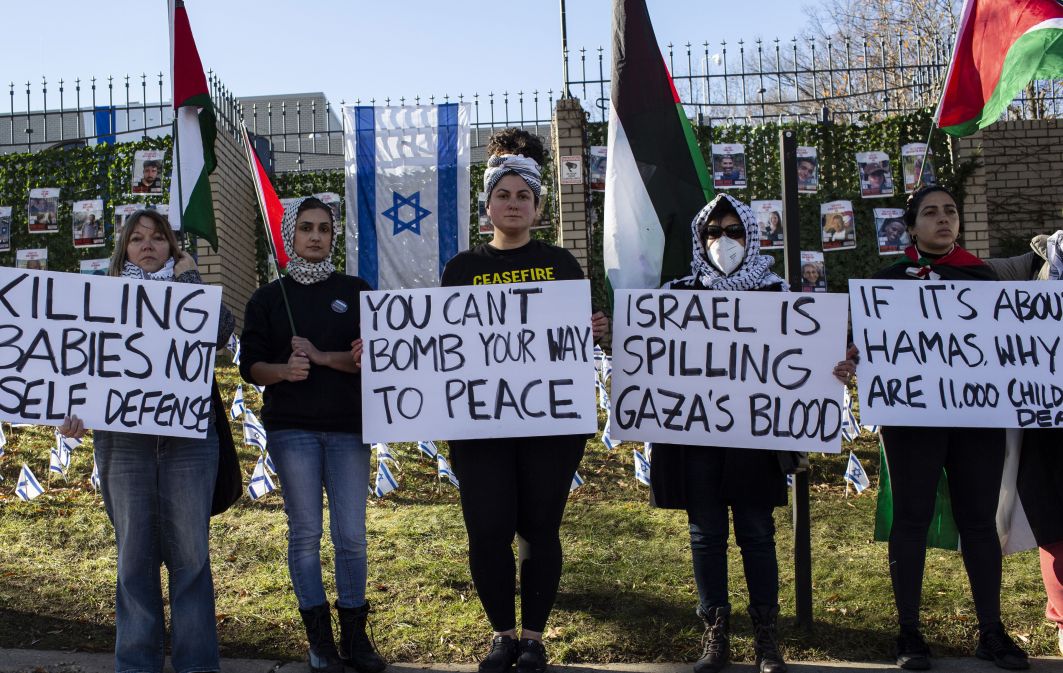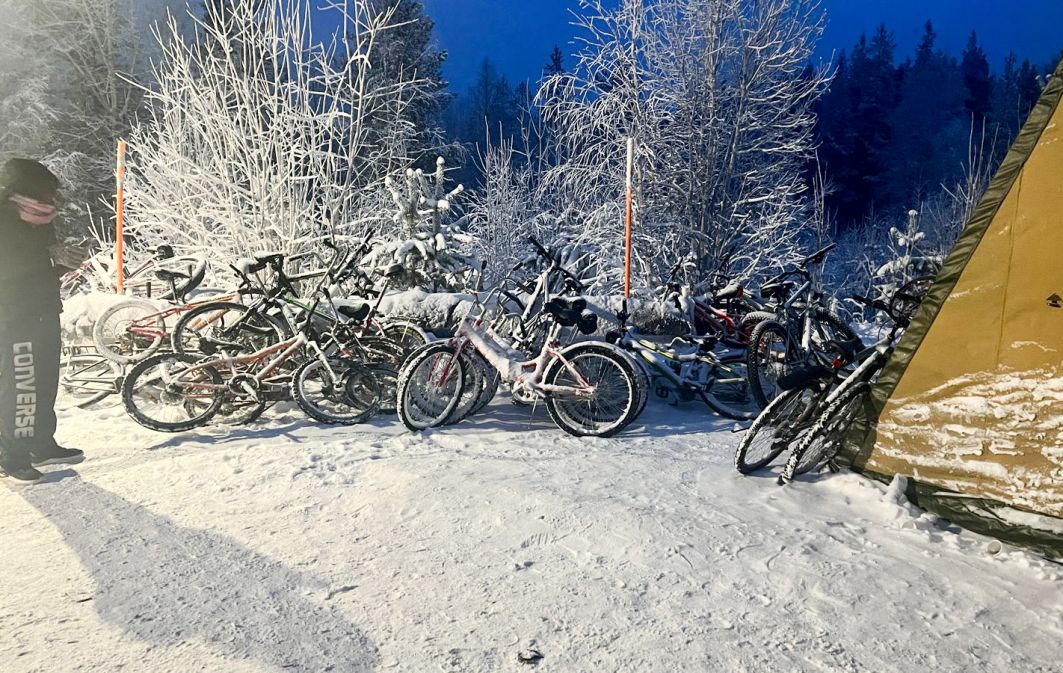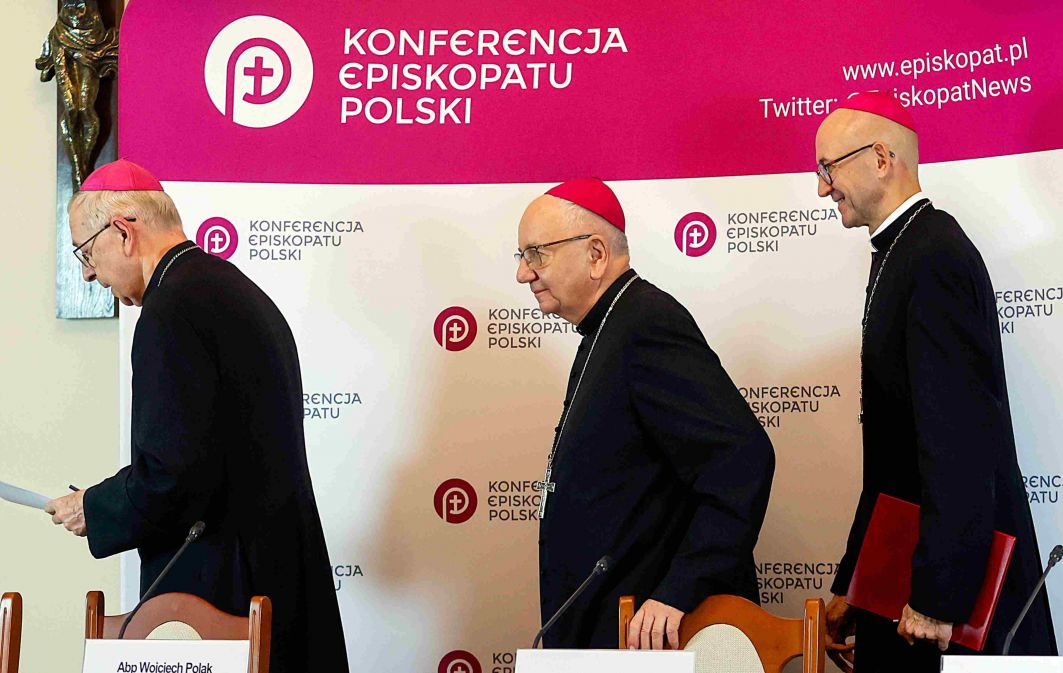When Andropov came to power, visions of global nuclear war were rife in the mass imaginations of the West and East. This was expressed in the acclaimed 1983 American feature film with an all-star cast, “The Day After”, which depicted the terrible consequences of a nuclear confrontation.
Fears of annihilation got to Samantha Smith. The image of Andropov in the US media as a politician pushing for global conflict worried her greatly – so much so that she decided to write him a letter. In this correspondence, she asked the General Secretary why he wanted to conquer the world, or at least her homeland. She also addressed the following message to him: “God made the world for us to share and take care of. Not to fight over or have one group of people own it all. Please lets [sic] do what he wanted and have everybody be happy too.”
Samantha's letter was published in the Soviet newspaper Pravda. However, she did not receive a response.
 SIGN UP TO OUR PAGE
SIGN UP TO OUR PAGE 
Undeterred by this, the American girl turned to the USSR ambassador to the USA by letter, asking if Andropov would answer her. As a result, in the spring of 1983, the Soviet leader finally got back to her in writing. Andropov assured Samantha that the Soviet people – in line with what, he claimed, Vladimir Lenin himself had taught them – did not want to attack any country, and that they wanted only peace. In addition, the letter included an invitation for the American girl to visit the USSR, so that she could see for herself that the Soviet people were in favour of international friendship. Summer, a time of warm, sunny holidays, was suggested as the date for the visit.
And so Samantha travelled to the Soviet Union with her parents. The Soviet media enthusiastically reported on her tour of the USSR in July 1983. Samantha toured Moscow and Leningrad. In the capital of the USSR, among other activities, she visited Lenin's Mausoleum and laid flowers at Yuri Gagarin's grave and the Tomb of the Unknown Soldier. She publicly shared the thought that the leader of the Bolshevik Revolution is to the Soviet people what George Washington is to Americans.
But the highlight of the programme turned out to be Samantha's stay in Artek, the famous pioneer camp in Crimea. Instead of comfortable hotel conditions, Samantha chose to stay with the pioneers to get a taste of their daily lives. Care was taken to make her feel at home. Her company consisted of children with English language skills. A picture of Samantha in pioneer attire with her Soviet peers demonstrated how much she liked Artek.
Andropov, the old KGB fox, knew what he was doing. The American girl was shown the Soviet version of the Potemkin villages. The Kremlin ensured that Samantha was enthralled by the façade specially constructed for her visit. As a result, she promoted a positive image of the USSR in the West. She said that in the Soviet people were just like her compatriots and did not want war.
The US press wasn’t as enthusiastic about Samantha Smith's trip behind the Iron Curtain. On her return from the USSR, the young “ambassador for peace” breezed through the American media. What was important, however, were the voices criticising Samantha's escapade. Quite simply, many people in the US realised the obvious propaganda nature of the action taken by the Soviets.
Accusations reached Samantha that she had become a tool of the Kremlin. And she tried to refute them in interviews. She stated bluntly: “I believe they used me. But if it was even propaganda, it was propaganda for peace.” Hearing that she had not seen everything in the USSR (by implication, what her hosts did not want to show her), she commented: “When receiving guests at my place, I wouldn't show them a cluttered, dusty basement either.”
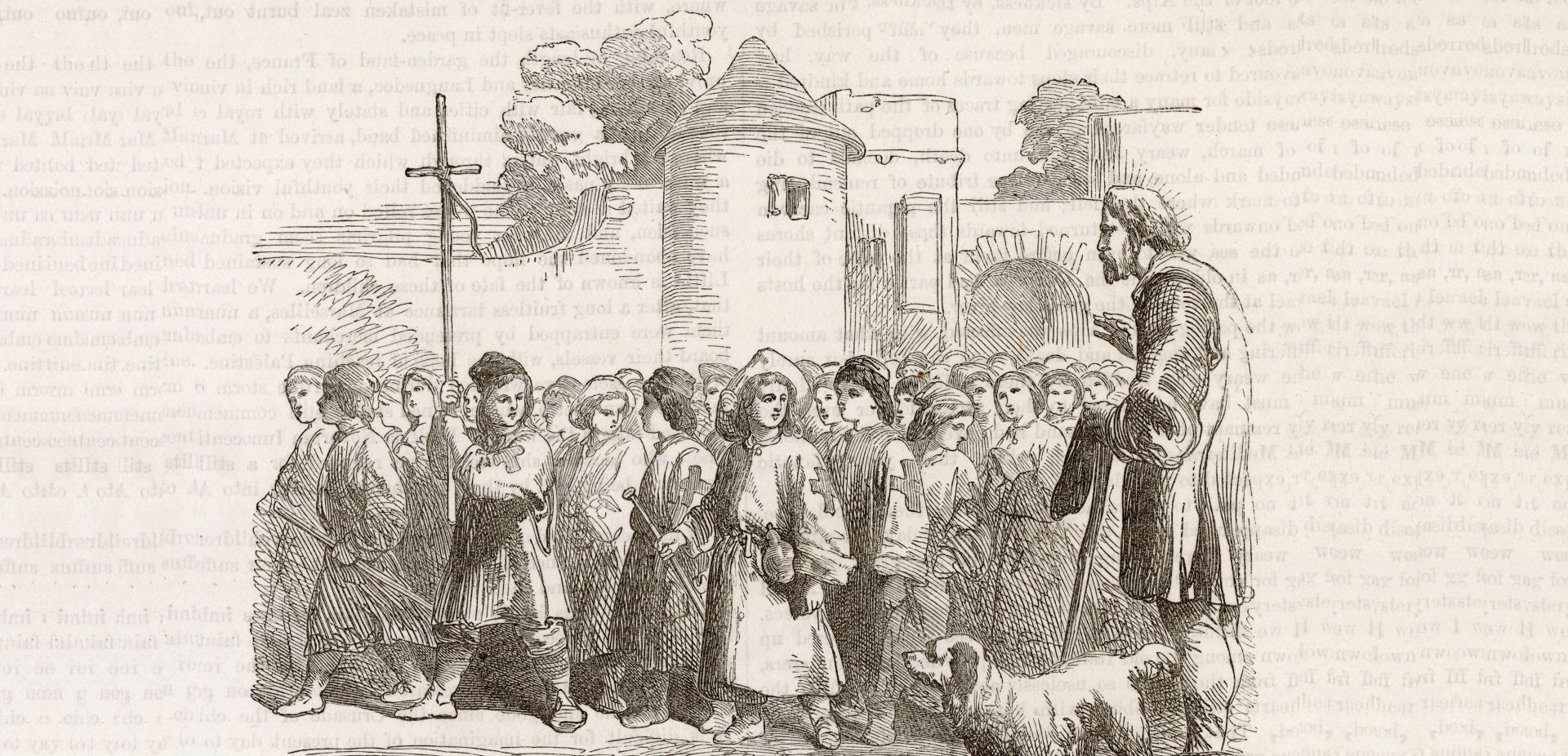
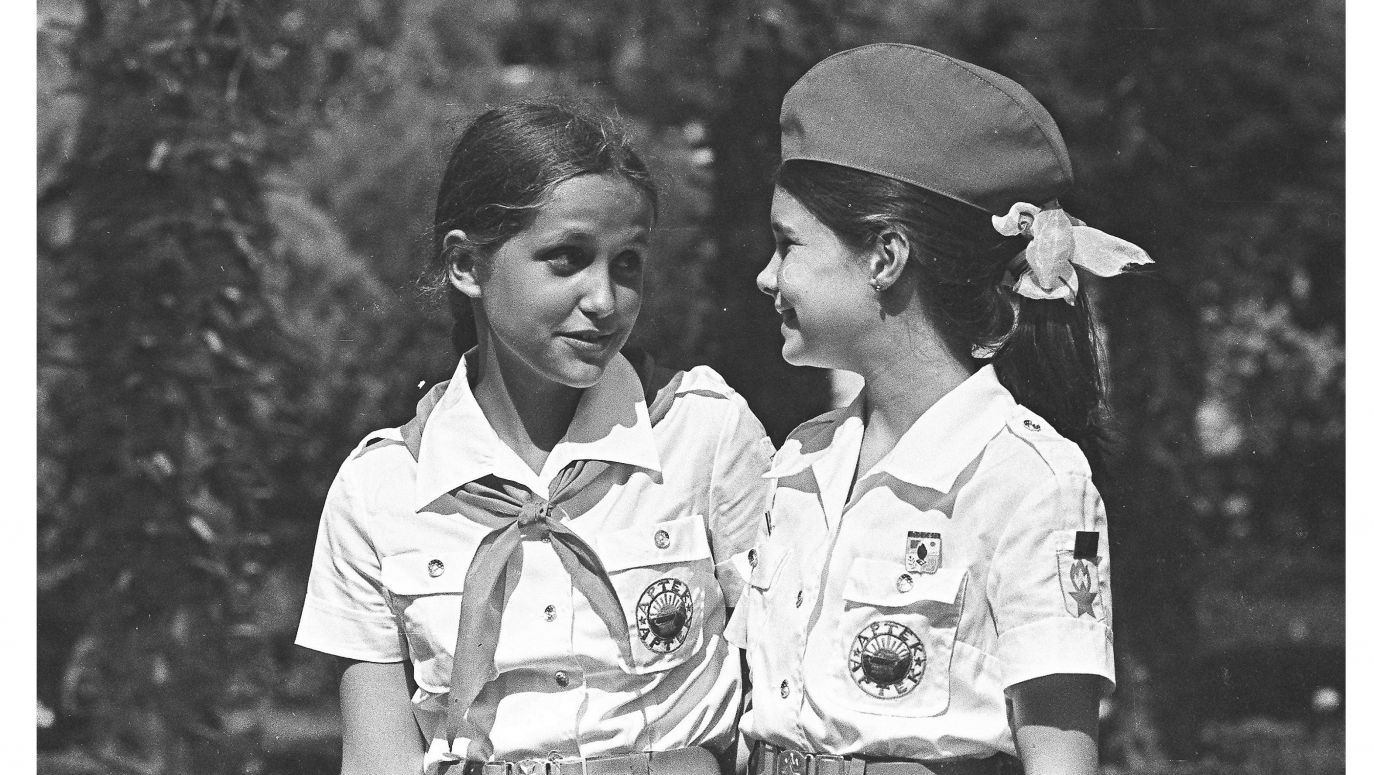
 SIGN UP TO OUR PAGE
SIGN UP TO OUR PAGE 
